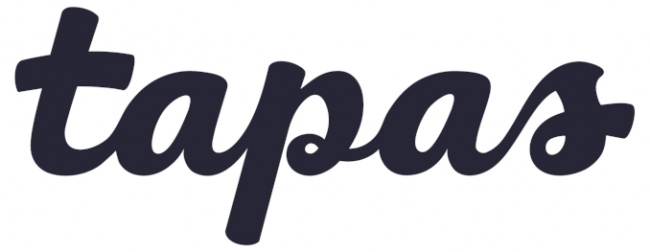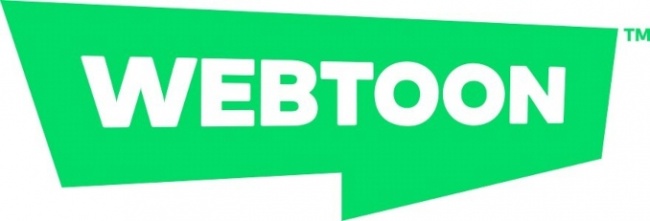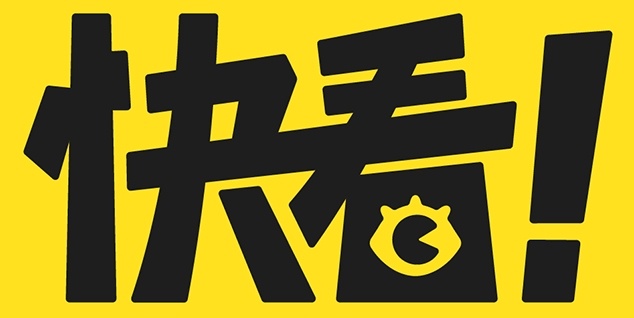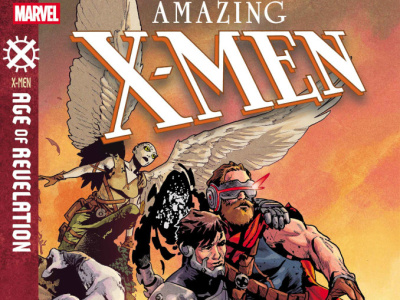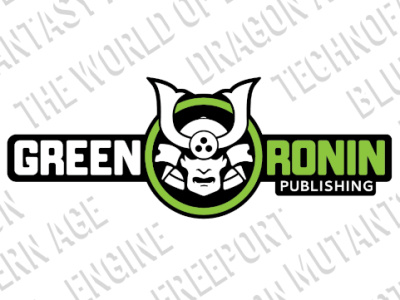Several weeks ago, Substack’s raid on some of the top names in comics was on everyone’s mind. Then last week, we saw another giant business move in the world of mobile-first, Webtoon-style digital comics, with the Chinese platform Kuaikan getting a $240 million cash infusion from tech giant Tencent to expand its footprint in Asia and beyond. Though these stories come from opposite ends of the industry and opposite ends of the Earth, they share a common theme in terms of how comics distribution and comics creation are changing.
Crisis on Earth M. It’s easy for people in the traditional US comics industry to ignore what’s going on in "Earth M," the world of mobile-first subscription-based digital comics, because the content, audience and revenue model are so different from print and physical retail. Even if this material is comics, the argument goes, the fans are not the kind of people who come into comic shops to buy books, and most of the creators are barely even professionals.
That tends to be the reaction even when there is crossover, as with DC’s recent deal with Webtoon to bring superhero content to the platform, or when Tapas hired a bunch of traditional comic industry pros to bolster its in-house editorial capabilities. Yes, showcasing DC material on an app that gets the vast majority of its clicks from young women under age 25 could bring some new fans into the market by filling the gaps between DC’s kid-oriented animation, middle grade graphic novels, and the skews-older mainstream DC line, but some saw it as just trading down the DC brand by mingling the material with a lot of substandard fan-created content that’s prevalent on mobile subscription-based comics platforms.
That last point is crucial because it touches on one of the hot button issues in the industry, the well-policed line between professional and amateur. Technically, a professional is anyone who gets paid for doing what they do, so even low-earning webtooners qualify, same as the aspiring artist who gets $50 for a story in a small press zine. Still, there was, until recently, a pretty clear demarcation between work produced to the standards of Marvel and DC, and the stuff you could find on a Tumblr page or self-published material peddled at an artist alley table.
Webtoon and their cohort have made a business blurring that line. Yes, some of the site’s top content gets paid readership far, far beyond anything that traditional comics could aspire to, but those superstar performers are at the peak of a steep power curve with a very long tail. Upwards of 80% of material appearing on these sites is the work of fans, amateurs or very early-career professionals. Some of it is good, some of it gets good after a while, and some of it needs work. If you’re expecting consistent standards of excellence, you are obviously looking in the wrong place, and because of that, the polished professional work that does appear on those sites can seem like the ritzy couple in evening dress lined up for a $1 pizza slice.
Garage Bands and Stadium Rock. The free-for-all quality of "Earth M" is actually a big part of the appeal. Younger fans don’t necessarily have well-developed tastes, and they like the thrill of discovering edgy material that speaks to them.
Creators have very different agendas as well. Some may be professionals, or hope to work more steadily in the comics world, but a large number are doing comics for more personal reasons: to find their voice, to find their tribe, to have fun, to show out for their friends.
Think of it as the difference between a garage band that sometimes plays shows in local clubs, versus an established band that plays festivals and stadiums. In garageland, tickets are cheap, no one knows the bands or the songs, and if the band gets paid in free beer, that can count as a success. The energy is great, and often, acts that break through from this kind of scene sound incredibly fresh and original. That said, if you’re expecting the standards of the main stage of Coachella, you’re bound to be disappointed by the majority of what you see.
What the apps have innovated on top of this tried-and-true grassroots model is the ability to spot the up-and-comers and supercharge their growth rates. Webtoon, Tapas and Kuaikan have all made this an integral part of their business model and their value proposition to fans and creators. Each site uses data targeting to spot what titles are catching on with fan groups, then directs readers to try out new work they might like. Editors work with creators to professionalize art and storytelling, sometimes matching writers and artists to make magic.
That’s how Tapas manufactured its breakout hit The Beginning After the End, which has over 254,000 subscribers and 11.4 million pageviews. Site editors noted the success of the prose work of writer TurtleMe and brought in artist "Fuyuki23" to turn it into a webtoon (see "Can New Models Help Comic Creators Address Economic Uncertainty? "). Tapas is also doubling down on its grass roots pipeline with a "Tapastry" channel for user-generated content and engagement.
The Secret Sauce. The reason these apps can do that is because they have all the data about their readers and content. Every editor wants to push creators to lean into the parts of their story that are working with readers, but imagine having granular detail of how people are reacting panel by panel, sequence by sequence, page by page so that can continually fine-tune the performance of a storyline. Then, once the story is the best it can be, the company can use all the levers at its disposal to make that story maximally discoverable by fans and use every enticement they can to get people to click the subscribe button.
That technology magic clearly what’s behind the Kuaikan deal, where a mobile comics platform launched by an independent creator in 2014 wound up getting financing from some of the biggest names in Asian capital and is now worth well over $1 billion, despite little of its content gaining much traction beyond the Chinese-speaking community.
According to the company’s site, "Kauaikan invests in popular series, using AI technology and big data analysis to promote the expansion of content creation capability, improve the distribution efficiency of content industry, and accelerate the integration of content industry and the Internet."
If that sounds like technospeak, that’s intentional. Part of the reason all the money is flowing into these companies is because they are investors see them as tech startups, with valuations of 75x earnings or more, as opposed to content companies that usually get 3-5x valuations. And as always, money is the name of the game.
Meanwhile, on Substack… All this stuff about mobile comics may seem like it is a million miles away from what’s going on with Substack, the newsletter subscription platform that lured James Tynion IV, Jonathan Hickman and several other A-list comics writers with the promises of good pay and complete creative control.
In fact, Substack is attacking the same professional boundary line from the other direction. Rather than getting amateurs with no print experience to create subscription-based webcomics for free in hopes that some of them will break through with successful material, Substack is paying the cream of professional talent extravagant sums to create subscription-based webcomics.
In both cases, the end result is a serialized digital-first story that may eventually see print or adaptation in another medium, but is, for the moment, something you need to pay to get each new installment on your device.
For those at the bottom, doing a regular series on a well-funded mobile app is potentially a step up from running their own sites or peddling their wares by hand. For those at the top… well, I have already expressed my misgivings that it might represent a step back in terms of the reader experience unless the word-oriented Substack can come up with good answers for how it displays and distributes comics as a visual medium (see "Comics on Substack Makes Sense in Every Way Except One"). But at the end of the day, it’s not my opinion that counts; it’s the opinion of the readers who need to sign up for paid subscriptions, and if that’s how they want to read comics from their favorite creators, then I guess everyone is happy.
Either way, Substack is surely leaning on the same tech wizardry to maximize discoverability and engagement and will likely share relevant information with creators, albeit with a lighter touch considering these are seasoned professionals. I gather it’s also part of the plan to backfill the ranks of comic creators behind the marquee names with the same kind of up-and-comers currently doing work for the mobile apps, since Substack’s creator terms appear to be much less burdensome.
The best news for the rest of us is that both of these approaches are redefining some of the professional boundaries within comics as a means to creating a larger market. Work that appears on digital-first platforms, whether Substack, Webtoon or comiXology, will likely go to print if it is successful, giving retailers a nice big-ticket collected edition to sell, while all the risk of building an audience for unproven content and creators falls on companies with (for the moment) much deeper pockets.
The opinions expressed in this column are solely those of the writer(s), and do not necessarily reflect the views of the editorial staff of ICv2.com.
Rob Salkowitz (@robsalk) is the author of Comic-Con and the Business of Pop Culture.
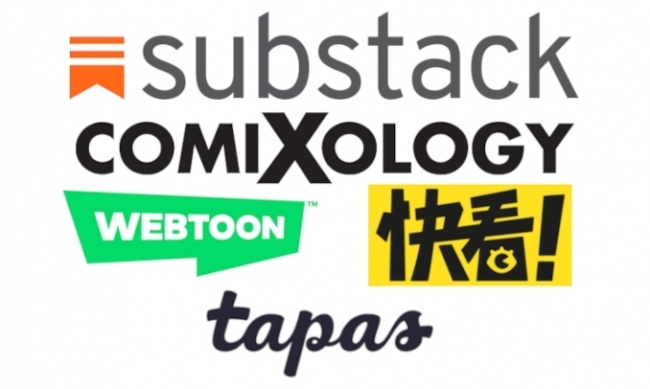
Column by Rob Salkowitz
Posted by Rob Salkowitz on August 30, 2021 @ 10:39 pm CT
MORE COMICS
Column by Rob Salkowitz
July 14, 2025
Superman isn't a character who needs a general introduction to the broader public; he just needs an existing global fanbase to take a fresh look.
From Marvel Comics
July 14, 2025
Learn about five upcoming Age of Revelation series: Amazing X-Men, Binary, Laura Kinney: Sabretooth, Longshots and World of Revelation.
MORE COLUMNS
Column by Scott Thorne
July 14, 2025
This week, columnist Scott Thorne discusses Green Ronin Publishing's GoFundMe to fund its legal fight against Diamond Comic Distributors, and the soft preorders for the latest Horus Heresy box.
Column by Scott Thorne
July 7, 2025
This week, columnist Scott Thorne looks at the effect of Diamond Comic Distributors' bankruptcy on the games industry.




